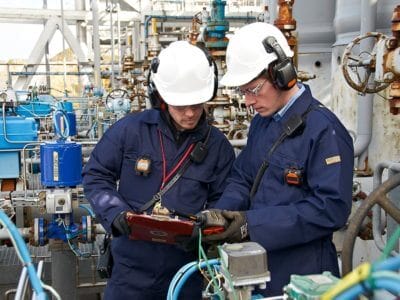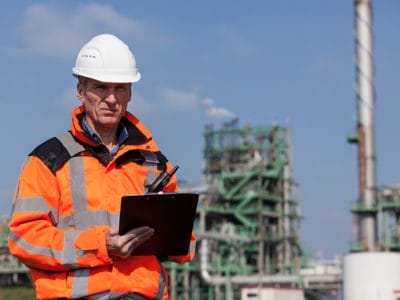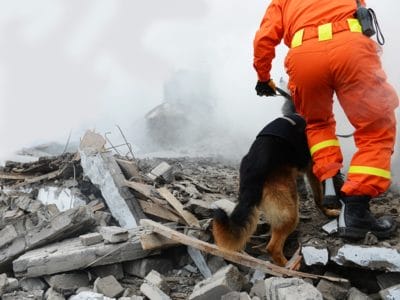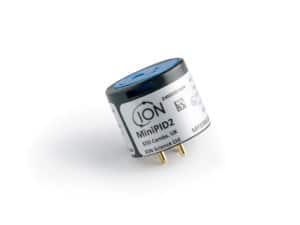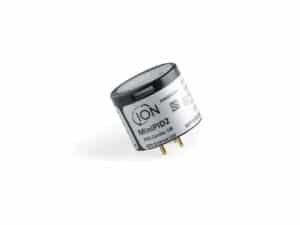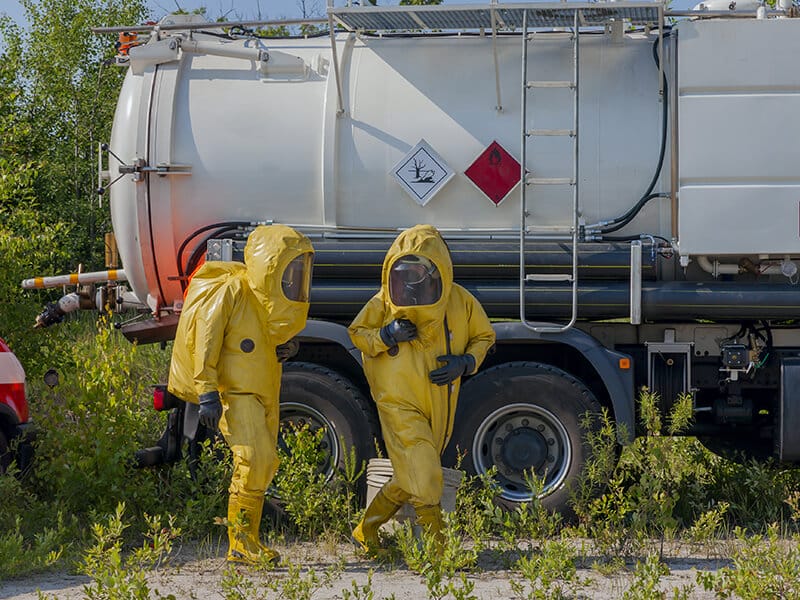
Movement of chemical waste
PID instruments are indispensable devices for the emergency services in response to HAZMAT incidents.
The potential dangers posed by the movement of chemicals is well regulated when being moved between facilities whether that be internationally or domestically. Companies where chemicals are used and are being moved around the site, be that between storage, production and dispatch areas, or even between laboratory test areas need to provide adequate resources for workers to complete their task without loss of contamination; and provide solutions specific to the risks associated with the type of work to contain any spills and provide the correct remediation procedure.
HAZMAT Emergency Response – Can PID help in a HAZMAT Incident?
The almost instantaneous response of a PID instrument ensures that if conditions change with regard to disbursement of toxic gas or vapour the perimeter can be adjusted accordingly
The Emergency Response Guidebook (ERG) produced by the United States Department of Transportation is used by emergency response personnel in Canada, Mexico and the United States when responding to a transportation emergency involving hazardous materials. The ERG provides vital information that helps emergency responders know how to act during an accident involving hazardous materials. It also provides vital information regarding fire extinguishment, first aid and evacuation distances.
Other countries have their own similar procedures such as the UK HM Government Emergency Response & Recovery.
or National Operational Guidance for the UK NFCC Fire Central Programme Office.
”By its very nature, emergency response work carries an element of the unknown which can sometimes hinder our ability to quickly provide the vital information needed by first responders to ensure their own protection as well as that of bystanders and the wider community. Even in the most challenging environments, a single PID like the ION Science TigerLT gives fast, accurate and reliable results and a true reading rather than a percentage of mixed air.
Richard Lenius, General manager at Lone Star HAZMAT Response
Preliminary Personal Protective Equipment (PPE) Assessment
One of the most important decisions the emergency services have to make when arriving at the scene of a HAZMAT incident is the level of the PPE that may or may not be required. On first inspection some HAZMAT incidents may not appear to have any contamination but need a considerable degree of PPE. To date there is nothing available which can provide answers to all a First Responder’s initial questions. Use of a PID instrument however, can greatly assist and speed up the decision process as PID can determine the presence or absence of toxic gas or vapours.
The versatile nature of a PID instrument makes it an indispensable device for the emergency services in response to a HAZMAT incident.
- Leak Detection
- Perimeter Establishment And Monitoring
- Datalogging
- Contamination Of Spill
- Clean-up And Decontamination
- Remediation
How To Assist First Responders In A Hazmat Incident
The ability of a photoionisation detector (PID) to measure low levels of volatile organic compounds (VOCs) makes them a vital tool in the decision making process following a hazardous materials (HAZMAT) incident. In the immediate aftermath of an accident, chemical spill or other incident involving hazardous materials there are many unknown factors. The speed at which these can be identified is key to the response, containment and clean-up effort. In the event that the HAZMAT materials are VOCs the sensitivity of photoionisation detection to measure low (parts per million – ppm) levels that can be toxic but not detectable by standard lower explosive limit (LEL) sensors make it a versatile tool for evaluating the dangers in an emergency response situation.
Download our FREE Guide
“HAZMAT Emergency Response – Can PID help in a HAZMAT Incident?”
The HAZMAT Emergency Response – Can PID help in a HAZMAT Incident? guide which can be downloaded below provides the reader with an in-depth balance of knowledge of the great benefits of PID instruments in a HAZMAT response situation is that whilst they are not always selective in terms of gas, they are small continuous monitors that provide an immediate response for anyone that uses them. PID instruments are ideal when the threat of a compound’s toxicity is greater than that of its risk of explosion and the accuracy and rate of response are of paramount importance. This makes them an invaluable tool in the First Responders resources from beginning to end .





